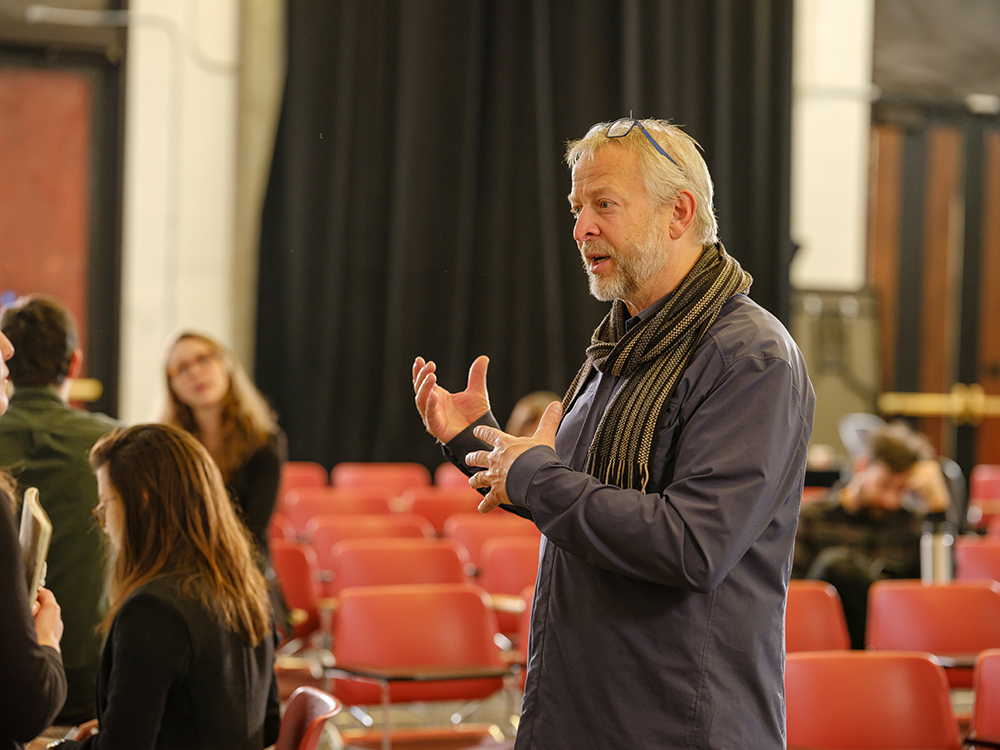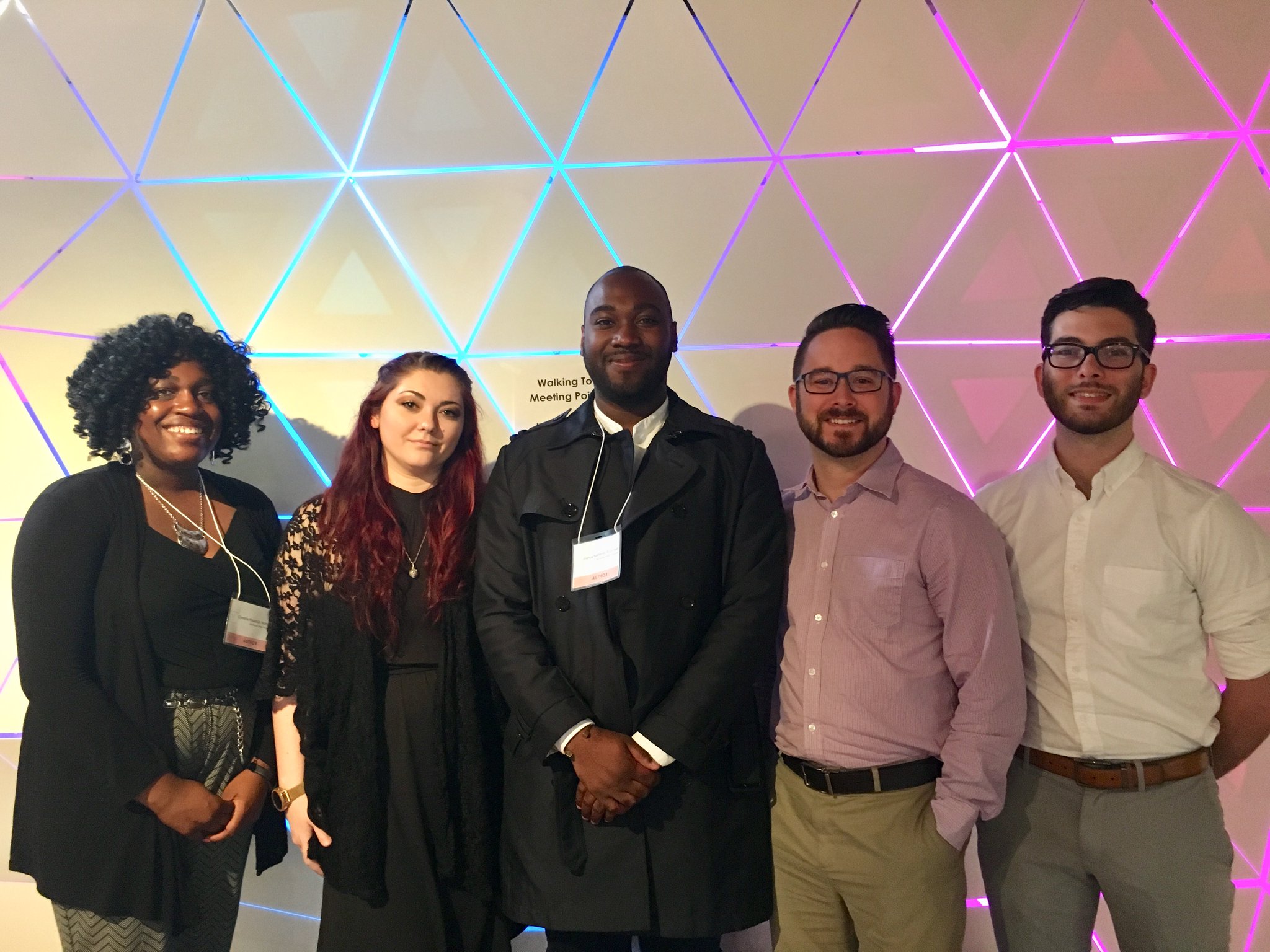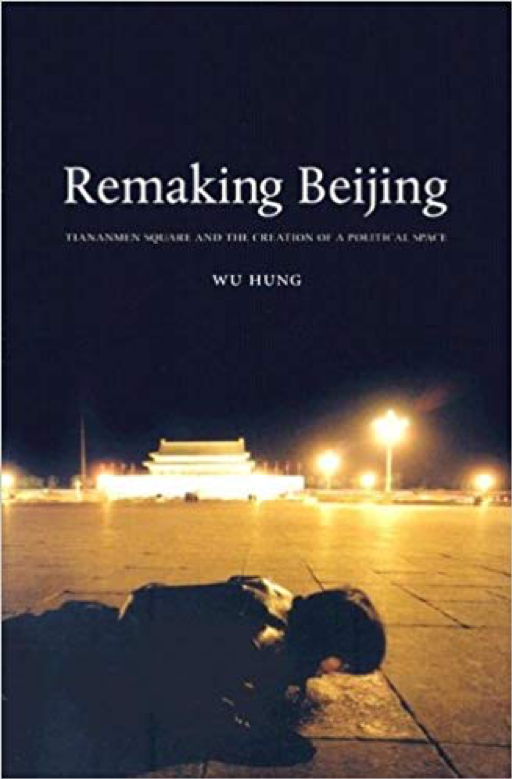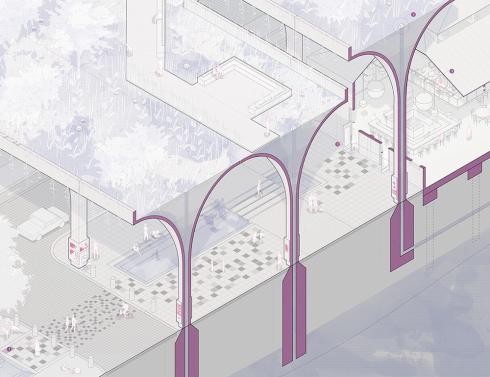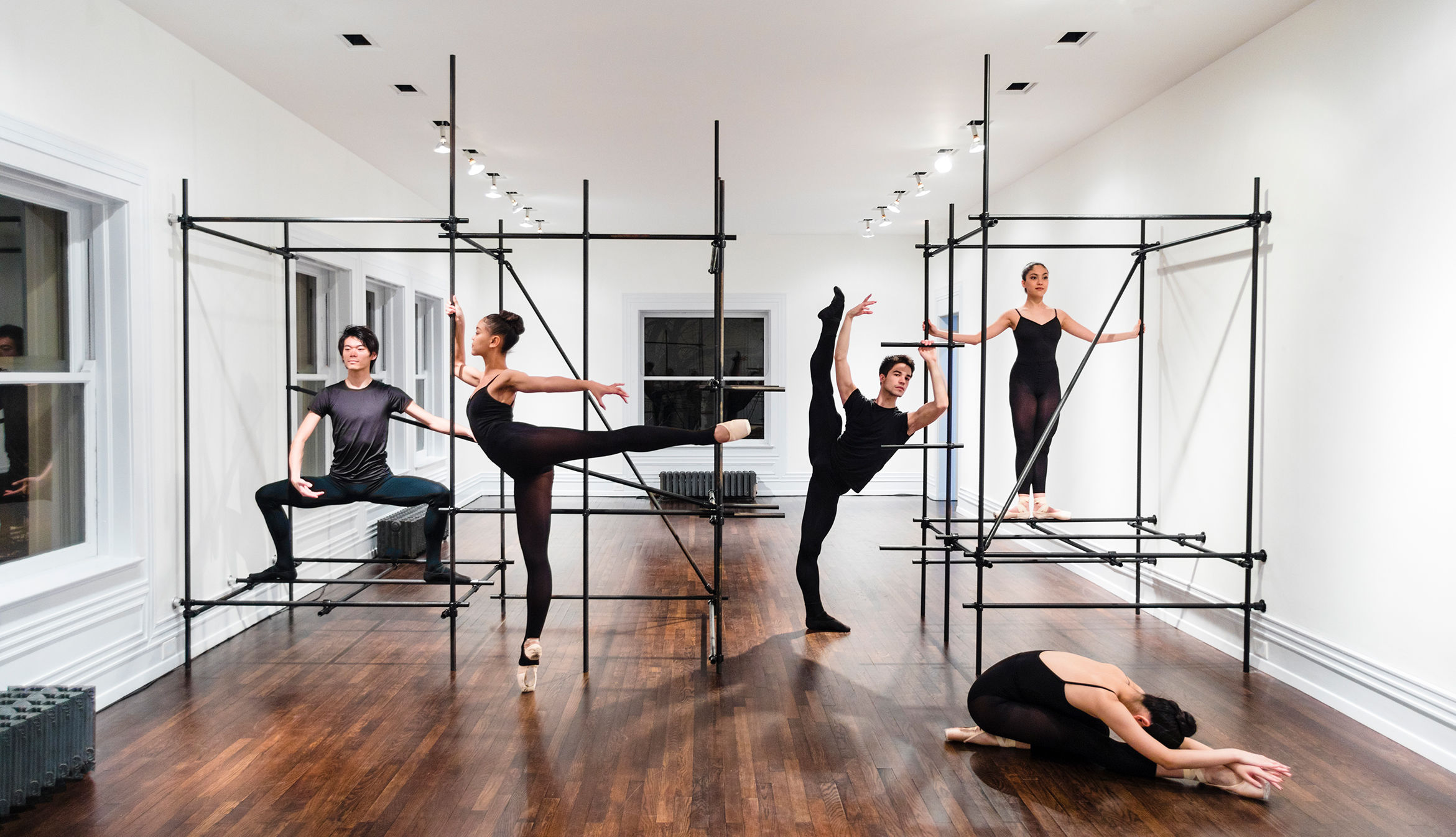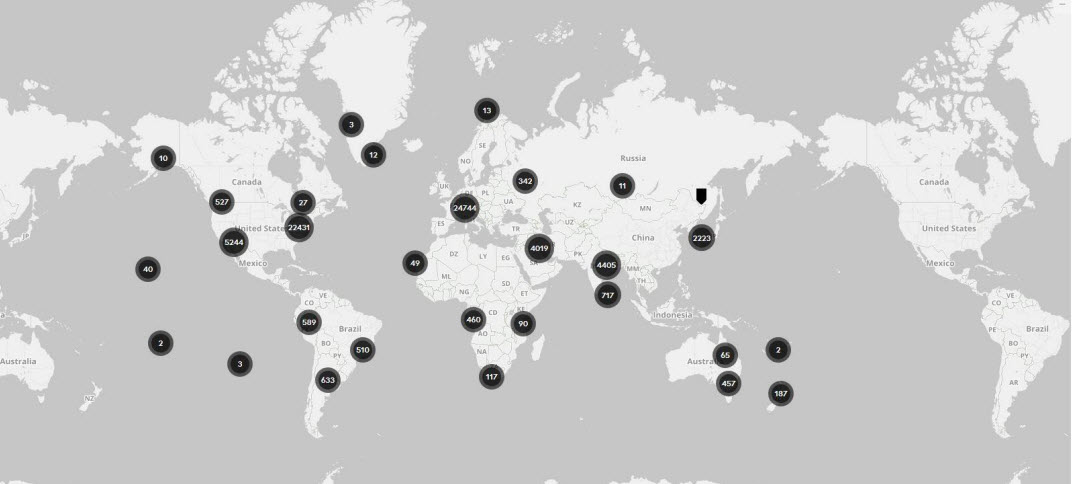From Antwerp to Rio
International engagement was one of the key initiatives we pursued over the past year during my term as President. We reached out to several sibling organizations around the world – EAAE in Europe, ASINEA in Mexico, UDEFAL in Latin America, and AASA in Australasia – to see if there was interest in developing collaborative relationships. At the same time, the International Union of Architects (UIA) contacted us to see if we would work with them as an academic partner.
We have now signed agreements (memoranda of understanding) with four organizations: EAAE, AASA, ASINEA, and UIA. We have teamed up with EAAE to launch the biannual Teachers Conference that will alternate between Europe and North America. The inaugural conference is taking place this week in Antwerp, Belgium, with close to 150 registered participants in attendance. The twenty-four member schools from AASA (in Australia, New Zealand, and Papua New Guinea) have joined us collectively as affiliate members. We have invited ASINEA member schools to take part in the 108th Annual Meeting in San Diego next year, with an expectation that we would have several parallel (and joint) events in Tijuana right across the border. We have also partnered with the UIA for the 2020 Congress in Rio for the review and selection of papers and design works, essentially merging our International Conference with the largest global gathering of architects.
These agreements and joint endeavors represent the culmination of an initiative started four years ago by former president Marilys Nepomechie. After tentative contacts and initial discussions, we made considerable progress this past year. We signed the agreements but, more importantly, we created new opportunities for our members to engage with colleagues around the world. Our goal is to build expanded communities to develop knowledge that can be shared globally.
Another goal is to deepen the conversation on a variety of topics: student recruitment, study abroad, faculty and student exchanges, research collaborations, and more. Perhaps ACSA could play a greater role in facilitating international activities of our member schools; acting as a broker of potential relationships. (As some of you may recall, these topics were front and center at the 2018 Administrators Conference in Québec City last October.)
However, our focus this past year wasn’t only on international engagement. There were other equally important initiatives, such as a new strategic plan, a new membership structure, the redesign of our largest gathering, the Annual Meeting, and preparations for the upcoming NAAB Accreditation Review Forum that will take place in Chicago at the end of July. It was a very busy year and I am very proud of what we have accomplished over the past twelve months.
This is the last President’s Message from me as I conclude my term on June 30, and begin a new chapter in my academic career as dean of the Hillier College of Architecture and Design at NJIT. It has been a great pleasure and a distinct privilege to work with our board and staff over the past year.
Rashida Ng, from Temple University, will succeed me as president on July 1. I will continue to serve for another year as Past President and look forward to working with Rashida, the Executive Committee, and the rest of the board, as Rashida leads our continuing efforts to advocate for architectural education and research, not only in the U.S. and Canada, but around the world.

 Study Architecture
Study Architecture  ProPEL
ProPEL 